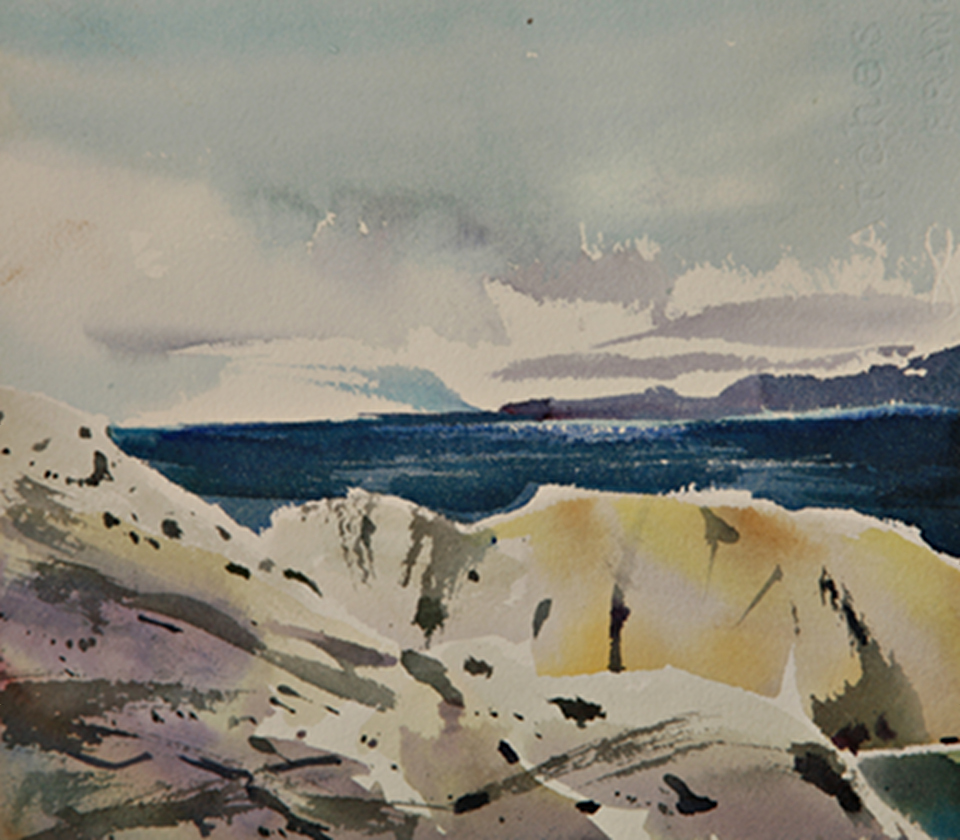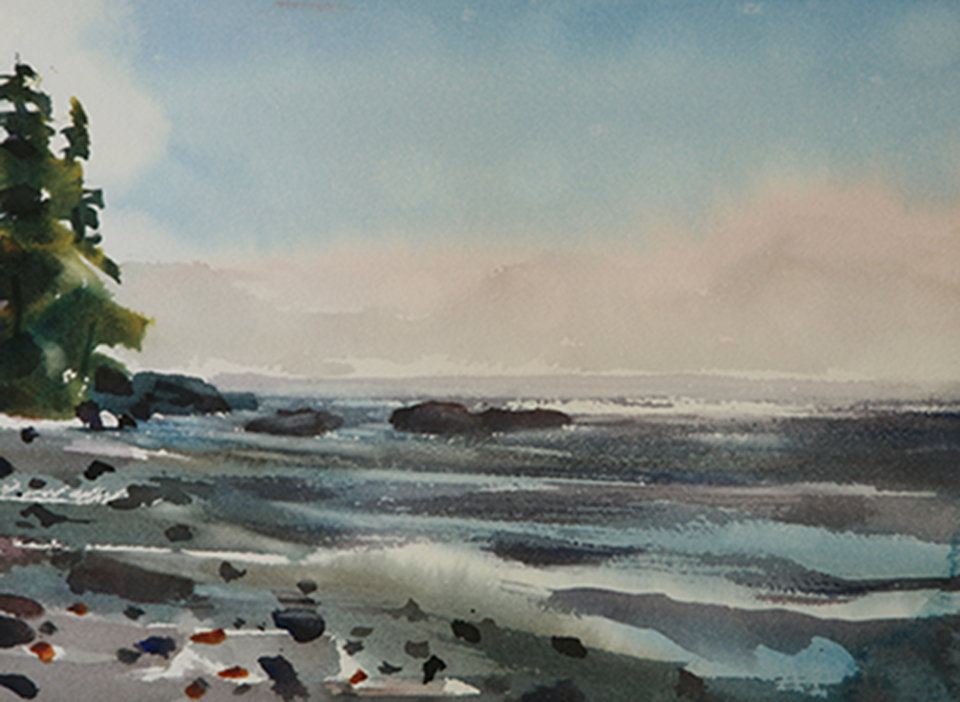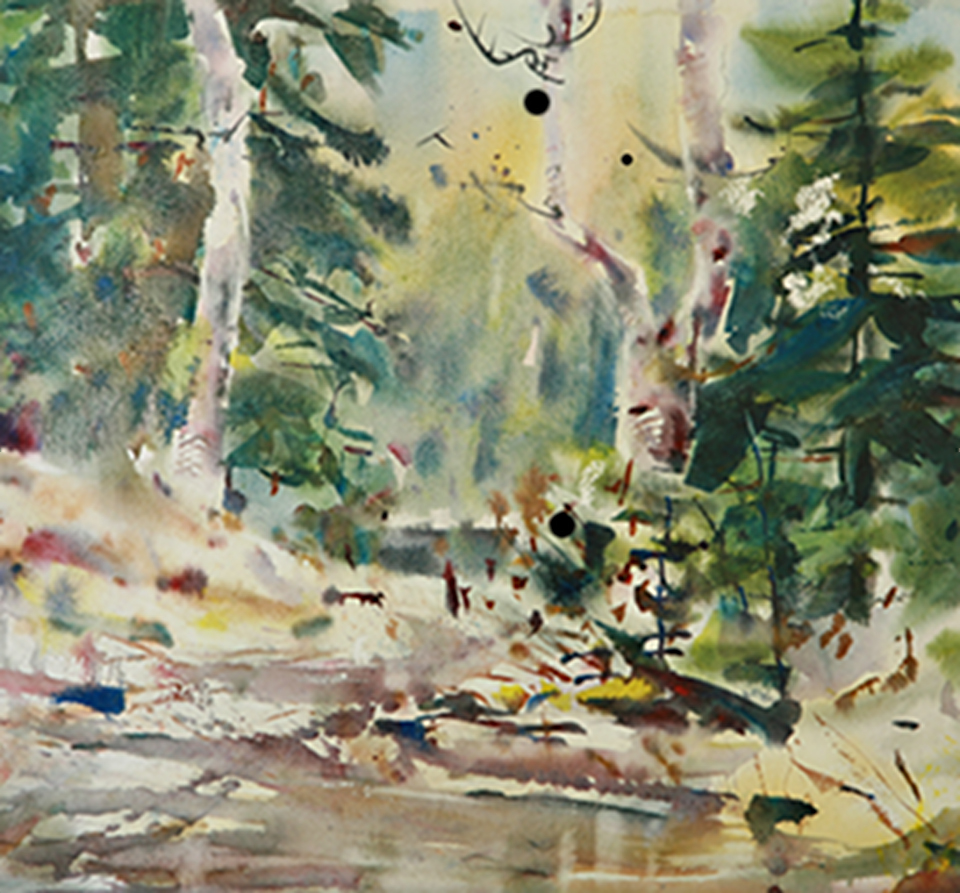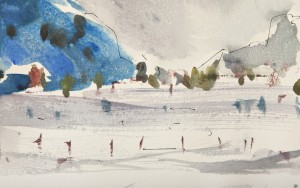Here are just some random thoughts on the primary mediums of a landscape artist: oil, acrylic, and watercolour. These aren’t really meant to be read by art collectors. Just me thinking about the daily materials that I use and the best methods for using oil, acrylics, and watercolours.
Oil
In the studio, as a rule, I work fast with oil initially and then slow down, settle in and enjoy what only oils can do. Each medium has its innate personality: oils should really be layered. They should glow with a luster that says “I am fully saturated with colour, and oil.” There are definite ‘dos and don’ts’ and the success of an oil is knowing the chemistry that produces the glow and finish only oils can produce.
I like oil paints because they are slick, full of light, patient (slow drying), adjustable, fully saturated, of two natures; fast and direct, slow and thoughtful.
Acrylic
Nothing is as permanent as plastic. Fast drying, easy to build up, thick and juicy if you want, or thin and liquid. Plastic paint that likes to be built up, plastered on, layered, veiled, or mixed with a myriad of extenders and mediums.
Watercolour
If oil is deep sea fishing and acrylic is trolling then watercolour has to be the intimate friend of flyfishing.
Direct, demanding, technical, liberating like winning a lottery when all goes right; but never plodding or time-consuming. If you spend 50 hours on a watercolour, then 48 of those hours better be spent getting ready.
My conviction is it happens and it has to happen quickly. Leave the adjusting, modifying and correcting to oils and acrylics. Waterclolour is about see it, do it, accept it. To me, a long drawn out watercolour is like snow shoeing down a ski hill: you’ve got the wrong equipment.
About the artist
Ron is a contemporary landscape artist. You can view and buy his landscape paintings in his online art gallery.
Looking for an inexpensive piece of art? Ron offers beautiful, original landscape paintings for just $40. You can view and order these small paintings here.



